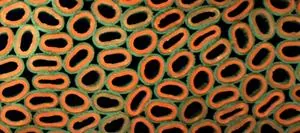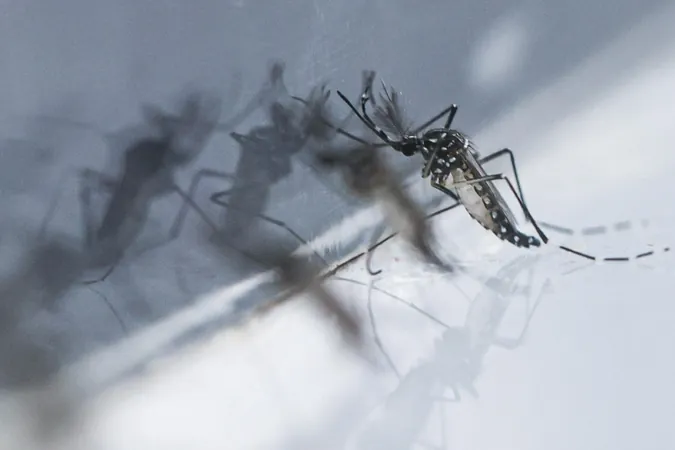
Breaking the Barrier: Scientists Discover How 'Squishy' Grains Transform from Solid to Liquid States!
2024-11-25
Author: John Tan
Introduction
Researchers Samuel Poincloux from Aoyama Gakuin University and Kazumasa A. Takeuchi from the University of Tokyo have made groundbreaking advancements in understanding the fascinating world of 'squishy' grains—those materials that can change shape under external forces. Their study reveals the specific conditions that trigger a transition from solid-like to liquid-like behavior in these pliable granules, a phenomenon that mirrors processes found in biological systems, such as embryonic development.
The Observation of Squishy Grains
Imagine watching a pile of sand on a slanted table. Initially, it remains stable and solid, but as you elevate one end, at a certain angle, gravity takes over, and the sand begins to flow, showcasing what scientists refer to as a yielding transition. This process is well-studied in non-squishy grains, like sand and rocks. However, biological grains—such as cells during tissue formation—act differently, making the investigation even more intriguing and complex.
Research Methodology
Poincloux notes, 'Our research revisits a well-studied problem that combines complexity and simplicity, allowing various methodologies to be employed. We utilized a biomechanical tool to help determine whether the 'grains' were undergoing shape changes or merely positional shifts.'
Experimental Approach
To tackle this challenge, the researchers employed a combination of experimental work, computer modeling, and geometric analysis. They used slender rubber rings as models for their squishy grains and experimented by stacking them in a container, manipulating parameters such as the number of rings, density, and lateral force strength.
Results and Findings
Through a series of high-resolution photographic measurements, they analyzed how the rings interacted, focusing on their positions, shapes, and points of contact as they were subjected to deformation. This allowed the team to quantify the transition from liquid-like behavior to solid-like behavior in the rubber rings. Their rigorous approach culminated in computer simulations that helped clarify the influential role of friction and the interacting forces among rings.
Surprising Discoveries
Poincloux shared his surprise at one of the findings: 'Despite the complexity of shape changes and frictional interactions, we discovered that a surprisingly simple geometric description underpins the yielding transition.'
Future Research Directions
This research paves the way for deeper insights into how squishy biological grains interact within living organisms. Looking ahead, Poincloux has ambitious plans to further this inquiry. 'To advance our understanding of biological tissues, we could alter the interactions and introduce adhesion properties to the rings, mimicking the linking proteins present between cells.'
Conclusion
And a word to the wise for those undertaking similar experiments: always remember to use a cover lid on your containers to avoid the chaotic scattering of rubber rings across the lab—a fun anecdote that clearly illustrates the unpredictable nature of scientific exploration. Stay tuned as this innovative research could unlock the secrets behind key biological processes, including tissue engineering and regenerative medicine!




 Brasil (PT)
Brasil (PT)
 Canada (EN)
Canada (EN)
 Chile (ES)
Chile (ES)
 España (ES)
España (ES)
 France (FR)
France (FR)
 Hong Kong (EN)
Hong Kong (EN)
 Italia (IT)
Italia (IT)
 日本 (JA)
日本 (JA)
 Magyarország (HU)
Magyarország (HU)
 Norge (NO)
Norge (NO)
 Polska (PL)
Polska (PL)
 Schweiz (DE)
Schweiz (DE)
 Singapore (EN)
Singapore (EN)
 Sverige (SV)
Sverige (SV)
 Suomi (FI)
Suomi (FI)
 Türkiye (TR)
Türkiye (TR)